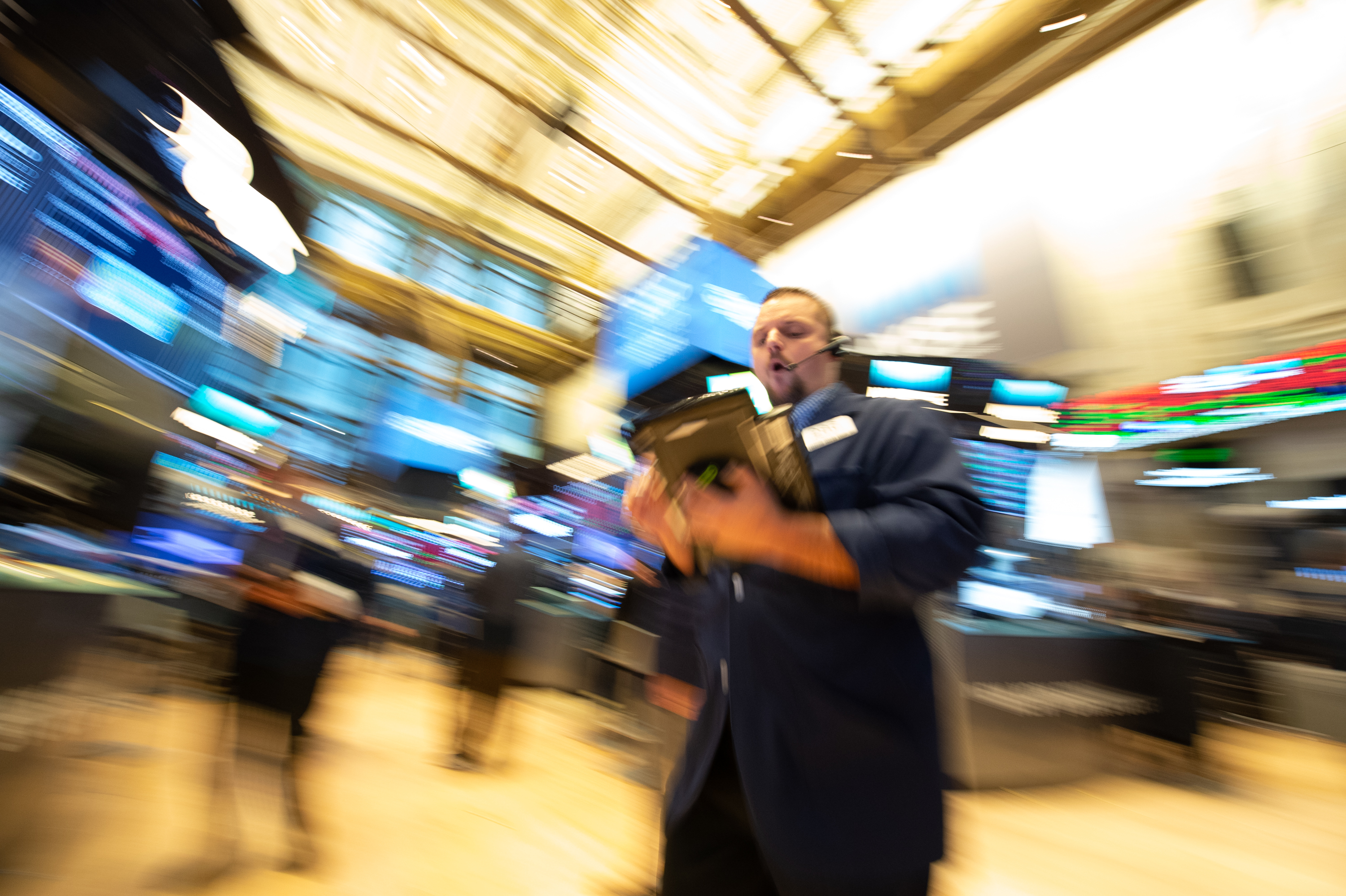Passive investing makes for end-of-day whirlwinds on Wall Street
Analysts say the trend toward passive investing could leave markets exposed to greater volatility when the current bull market eventually draws to an end (Bryan R. Smith)
New York (AFP) – The rise of passive investing on Wall Street has concentrated stock market action in the final moments of the trading day — exacerbating steep, last-minute nosedives in stock values with increasing frequency.
Analysts say the trend could leave markets exposed to greater volatility when the current bull market eventually draws to an end.
“Over the last 15 years, we have seen volumes spike near the end of the day,” said Howard Silverblatt, a long-time analyst for S&P Dow Jones Indices.
Last-minute trading spurts have hit record levels. This year on the New York Stock Exchange and the Nasdaq, 22 percent of trades were concluded in the final half hour of each day, on average, according to Investment Technology Group.
That is up from 19 percent in 2014.
The phenomenon has been driven by the flow of capital into index funds and exchange-traded funds (ETFs), so-called passive investments that track market-weighted indices or portfolios.
Such funds have experienced a boom in recent years, offering investors higher yields than traditional trading while at the same time saving on management fees.
Valued at $800 billion in 2008, ETFs and others have since reached $5 trillion worldwide, according to JPMorgan Chase.
One quirk, however, is that the funds make market moves in the day’s final moments.
“They match their benchmark typically at the close so they are trying to be as close to the close as possible,” said ITG Managing Director Doug Clark.
Silverblatt added that passive investments were not meant to be trading instruments: “So if you want to buy it, you will buy or sell it today, but it gets executed at an end-of-day price,” he said.
With their rise, such funds have had a “gravitational effect,” with volume swelling around them, according to Brett Manning, an analyst at Briefing.com.
– When the bear market comes –
Hedge funds in particular have reduced mid-session trading in favor of the more animated last-minute dance.
This is because, like traditional traders, they are drawn to the larger volumes and greater volatility that the index funds create, and to the chance to profit in such choppy trade.
But slipping from juicy profits to heavy losses can sometimes be easy. In October, a month when the Dow lost more than five percent of its value, the last half hour sometimes became a nightmare.
On October 10, the Nasdaq fell from a loss of 2.5 percent to a four percent loss in the last hour of trading — making for its worst day in two years.
Index funds exacerbated the sell-off in the final minutes by seeking to match the performance of shares that had already fallen sharply earlier that day.
“This shift from active to passive, and specifically the decline in active value investors, reduces the ability of the market to prevent and recover from large drawdowns,” JPMorgan Chase analyst Marko Kolanovic said in a recent client note.
As a result, trading sessions can see sharp drops in volume.
“If something really goes wrong in the world and the liquidity is not there, you can have market events that happen during lunchtime,” said Manning.
When sellers outnumber buyers in light trading, stock prices can dive fast.
For the time being, experts agree current liquidity levels during Wall Street trading sessions are not grounds for major concern.
“Liquidity in a bull market is not a concern. In a bear market it is definitely a concern because there are few buyers and a lot more sellers,” said Adam Sarhan of 50 Park Investments.
While a bull market is one on the upswing, a bear market occurs when prices fall 20 percent below a recent peak.
“One of the signs we are waiting for is the transition between a bull and bear market,” Sarhan continued.
“Eventually the bull market is going to end. It’s not a matter of ‘if’ but ‘when.'”
Disclaimer: This story has not been edited by Siliconeer and is published from a syndicated feed. Siliconeer does not assume any liability for the above story. Validity of the above story is for 7 Days from original date of publishing. Content copyright AFP.


